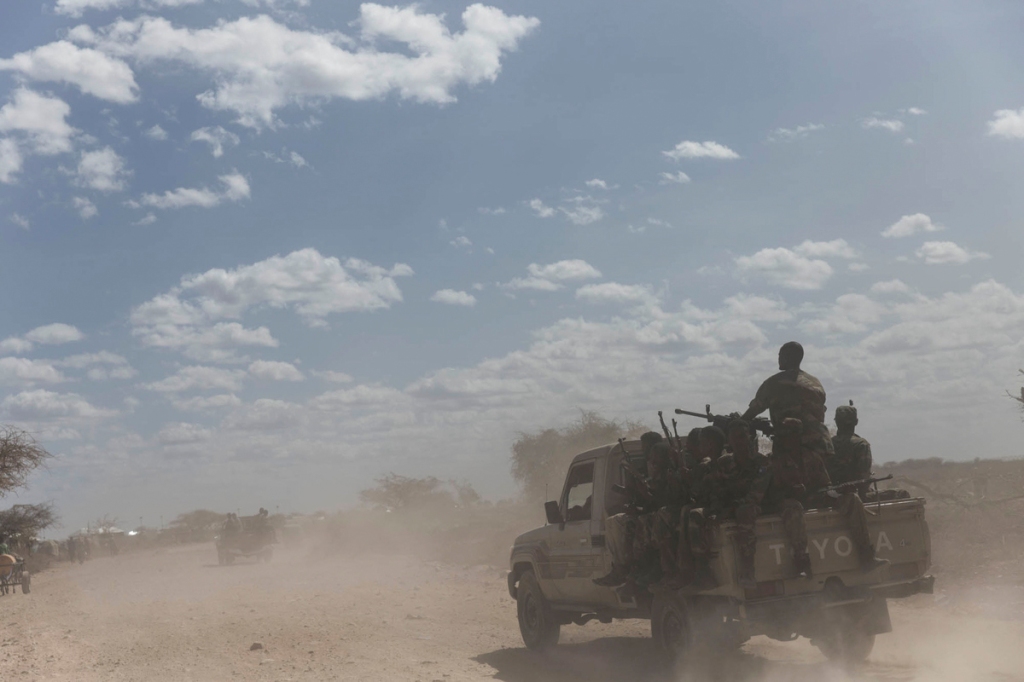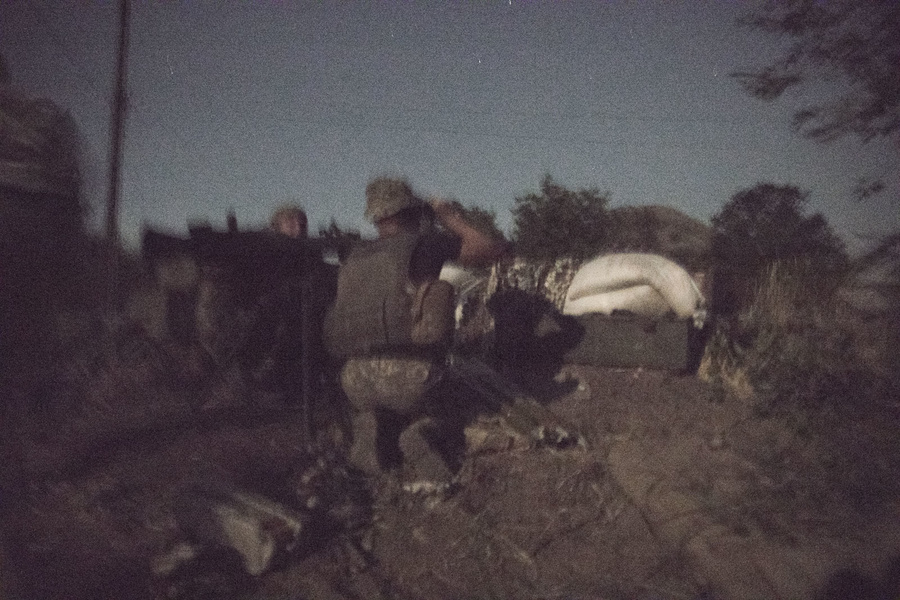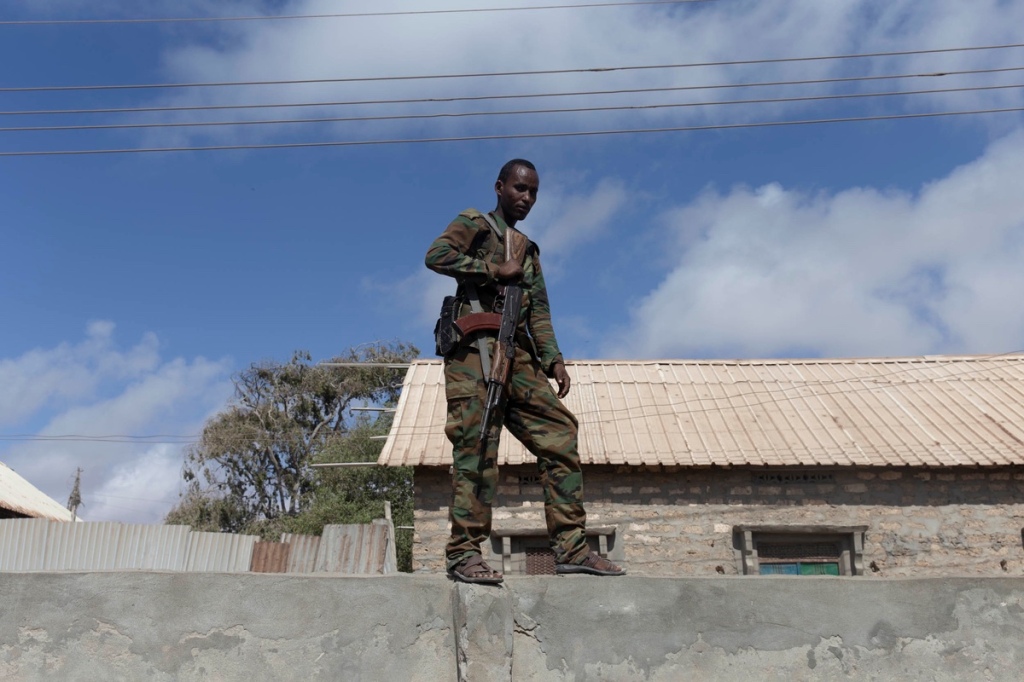The true cost of climate change is difficult to comprehend. It is not as immediate as say, COVID-19. Although the nucleus of climate change cannot be touched, smelt or heard, the impacts of its force are in no doubt a reckoning we contend with and are affected by.
At present, our European place in the world sees climate change demonstrated approximately once a year during summer as it scorches land and skin alike. For the rest of the year, flood damage inflicted on us in the United Kingdom remains more northern. Or in some obscure place you’ve not heard of before, or in Somerset or Cumbria giving rise to the ignorance of a global catastrophe. And it is this apathy, emanating primarily from London, simply because it has not yet tasted the extreme weather climate change is capable of, that little is done.
Extreme unpredictable weather patterns are likely to stifle progress on matters of humanitarian and climate importance. An unquestionable incoming economic downturn brought on by frequent natural disasters will almost certainly take precedence over pre-emptive measures we can take now. Following patterns of historical record offer a glimpse into what we are to expect. The cost of mitigating climate change will spiral out of control if preventative measures are not taken, and as things stand, meeting them is still wrapped in debate.
Research by the UFZ-Helmholtz Centre for Environmental Research concluded that climate change was the main driver for the 2018-2019 drought, with repeat occurrences more than likely. Although the report admits much of this depends on “anthropogenic warming scenarios”, the continuing trend of global temperature increases means we are sure to see it.
Only 34% of central European land is used for agriculture. Split this between nations and things begin to look bleak, more so, when accounting for increased European Union imports of agri-food products, and if climate targets are not met, we can expect increased prices, conflict and inexorable global disasters.
A report by the American Meteorological Society says that the ongoing 2011 Syrian war is linked to drought as a consequence of human-driven climate change.
“This paper argues that key environmental factors include both direct and indirect consequences of water shortages, ineffective watershed management, and the impacts of climate variability and change on regional hydrology…”
“…Severe multiyear drought beginning in the mid-2000s, combined with inefficient and often unmodernized irrigation systems and water abstractions by other parties in the eastern Mediterranean, including especially Syria, contributed to the displacement of large populations from rural to urban centers, food insecurity for more than a million people, and increased unemployment—with subsequent effects on political stability. There is some evidence that the recent drought is an early indicator of the climatic changes that are expected for the region, including higher temperature, decreased basin rainfall and runoff, and increased water scarcity…”
It notes that during the mid-2000s, drought coupled with poor irrigation systems influenced displacement of rural populations into inner-city areas, where increased food scarcity and unemployment had a substantial impact on politics and the instability that followed.

Authors at the PNAS (Proceedings of the National Academy of Sciences of the United States) authored a report suggesting a climate-driven “54% increase in armed conflict incidence by 2030”, which could have adverse effects on the price of food and imports to the European Union. Former United Nation’s general secretary Ban Ki-Moon declared the Darfur conflict a consequence of climate change, which could mean future conflicts worldwide may be decided by the state of climatic shifts. Including in Europe.

When we think of drought, ideas shift towards those who have been plagued by it for centuries. But evolving scenarios new to us are still waved away like the speak of a deranged lunatic, regardless of the truth and how it may impact us. When I worked in Ukraine, a country little more than 3 hours flight away, many I spoke to told me they did not see this coming, not in a million years, and the same was uttered to me in Bosnia. Both countries are in Europe and although the cause of their conflict is unrelated to climate, it proves that climate may change more for us than just weather. Will we see conflict? Eco-terrorism? Instability and societal collapse? Maybe, maybe not. But this depends on how the government challenges climate change. It begins with renewables and a major shift away from governance by private corporations.

The difficulties of celebrity lifestyles are more likely to gain traction than the flooded streets of a low GDP town in Britain. It is my fear that only once the waters of the North sea have swallowed those that did not matter in the eyes of parliament, will parliament begin to care. And too little too late.


4 responses to “European Drought Could Be The Appetiser For Conflict”
Great article. Water is a resource of greater importance than oil or gas. If European nations can fight over these and even non-essentials like gold, then conflict over water is not likely but definite.
LikeLike
A really good article… thought provoking and timely
LikeLike
[…] The Australian bushfires were made more likely due to climate change as have locust swarms inspired by cyclones germed by an unusual amount of lush vegetation growth. There is so much more to contemplate. Bee colony collapse, millions of deaths caused by air pollution, coral reef death and drought are but a few things to worry about. […]
LikeLike
[…] signs of extreme heat, flooding, disease and famine already plaguing the world on a mass scale. As reported by us, conflict is increasingly more likely than ever to occur as global food shortages continue and […]
LikeLike